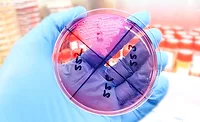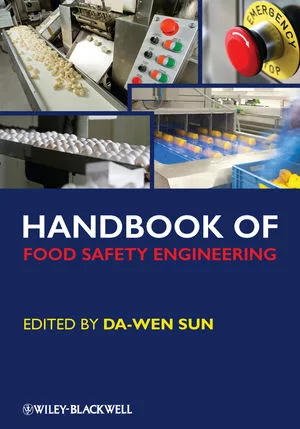Causes of the Rapid Growth of the Food Testing Industry

The food testing industry has experienced significant growth in recent years, and experts forecast this trend will continue in robust fashion for the foreseeable future. According to marketing research published by various firms, the industry will continue to grow by at least 7 percent annually for the next 4 years. Some of that growth is driven by North American government spending to reduce the impact of foodborne pathogens. Growth is also expected to be substantial in developing regions such as Central and South America, Asia-Pacific, Africa and the Middle East.
Among these, the Asia-Pacific market is expected to experience the greatest growth, driven by rising prosperity—and incomes—growing populations and increased demands for safer, better-scrutinized foods. China, in particular, is expected to experience large increases in demand for food testing. Pathogen-induced foodborne illness has affected numerous developed and under-developed countries, and there is rising pressure to reassure the public that the foods reaching consumers’ tables are safe to consume and are free of contaminants.
Detection Methods Old and New
Methods of food quality assurance range from simple visual inspections and chemical analyses to microbial assays and culturing techniques. The latter are older, significantly more time-consuming methods. As multi-step processes, with prolonged incubation periods, they amplify opportunities for human error. These methodologies may soon be supplanted by speedy assays capable of detecting pathogens quickly and definitively, so that public health officials can intervene swiftly when necessary.
Examples of more sophisticated, far more rapid (yet also more expensive) testing methods include the polymerase chain reaction and immunoassay-based techniques. These assays can be performed in a matter of hours, helping to identify potential pathogens in the food chain in a timely manner.
Rapid-analysis technologies continue to improve. For example, a recently described refinement to venerable immunoassay technology excels at detecting mycotoxins in maize samples. Chinese researchers have announced the development of a multi-wavelength fluorescence polarization immunoassay for the multiplexed detection of mycotoxins. Investigators report successful identification of naturally contaminated maize samples within 30 minutes, including sample preparation.
In another example, scientists at the State University of New York at Binghamton recently published research detailing the development of an autonomous microbial cell culture and classification system for the rapid detection of food pathogens. The system is reportedly capable of correctly identifying various strains of pathogenic Escherichia coli and Staphylococcus epidermidis in samples—in less time than the industry standard of 24 hours.
Other examples of new and emerging food safety technologies include biosensors, such as the “bioelectric tongue.” As noted in a recent scientific journal article, “Bioelectronic tongues provide superior performance by combining the capabilities of electronic tongues to derive meaning from complex or imprecise data, and the high selectivity and specificity of biosensors.” This technology is expected to enhance food safety testing by facilitating rapid testing combined with high sensitivity and appropriate selectivity. Bioelectric tongues are promoted as especially promising tools for screening analysis.
Looking for quick answers on food safety topics?
Try Ask FSM, our new smart AI search tool.
Ask FSM →
Other Contaminants
Meat and poultry products have traditionally been responsible for taking the lion’s share of testing dollars, mainly because these foods are among the most likely to become contaminated with disease-causing pathogens and contaminants. Meat, poultry and dairy products are most often contaminated with Salmonella and E. coli. Campylobacter occasionally contaminates poultry, dairy products and water sources, while Listeria is occasionally implicated in the contamination of various types of foods.
Of course, not all sources of contamination are directly related to food handling, processing and consumption. Some contaminants, such as heavy metals, enter the food chain possibly through the use of contaminated water or soil sources during food production. Arsenic in rice is one example. Research shows that rice grown in the Mississippi Delta, for instance, is frequently contaminated with arsenic in excess of levels deemed safe by the U.S. Food and Drug Administration. Presumably related to long-term use of arsenical pesticides in the region, arsenic in the soil substrate and/or groundwater is especially prone to uptake by certain rice cultivars.
Inorganic arsenic is carcinogenic and neurotoxic, and is associated with a range of adverse effects in organs ranging from the liver and lungs to the skin. Other examples include mercury compounds in cold-water fish species, and lead in drinking water, as evidenced by the recent crisis in Flint, MI.
Indeed, the crisis in Michigan has sparked an outcry nationally, and focused attention anew on the issues surrounding food and water safety. Pundits are now warning of a looming crisis that could affect millions of Americans due to aging infrastructure and long-term neglect. It seems likely that the need for reliable food and water testing will only grow in the foreseeable future as consumers grow more aware of—and alarmed by—emerging crises such as the one still unfolding in Flint.
Patrick Kennedy is an information service manager for Merieux NutriSciences. He has over 15 years of food industry experience and has written extensively covering a wide range of food safety and regulatory subjects.







